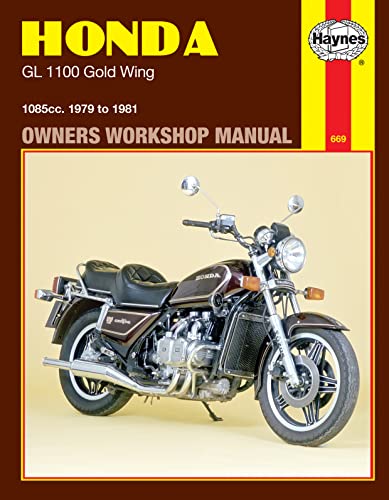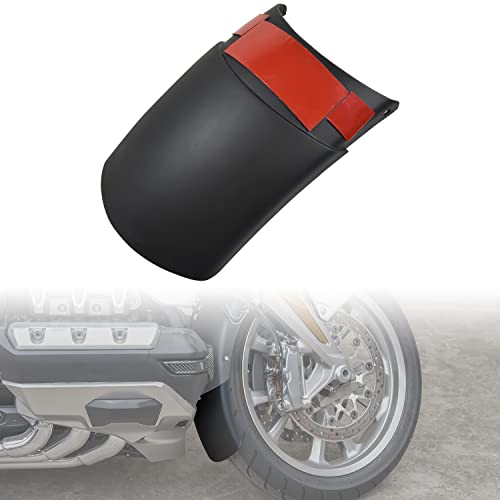Slow progress day, so I thought I’d do a post about the ECU evolution; from the original OEM CFI ECU to the one I will be using going forward.
The original ECU enclosure/case measured 6 ¼”W by 6 3/4”L by 1 ¼”H. Had two PCBs and operated a “fully” featured EFI system. Had a barometric sensor as well – small black box in third picture. The OEM did a very good job of making the CFI system work well, and without an O2 sensor. This ECU had two camshaft sensors, two PB (MAP) sensors, a diagnostic program for the CFI system components, as well as other attributes. Used tables (maps) for fuelling, and ignition timing. Had a fail-safe fuelling program such that if the PB (MAP) sensors failed, the ECU switched to an Alpha-n fuelling profile. Well ahead of its time.




Fast forward some 30 odd years. The new crop of aftermarket ECUs that do exactly the same as the original, if not more, are significantly smaller. The new aftermarket ECUs only use one MAP and camshaft sensor. There is no diagnostic program unless you install as an add-on feature. Not all aftermarket ECUs have an installed barometric sensor, or dedicated fuel pump and tach connections. The following pictures show an evolution of an aftermarket ECU compared to the original OEM CFI ECU. I will be showcasing the Speeduino ECUs as that is what I have.
The first pictures shows the difference in size of the interface, PCB, boards. From left to right, Spark Gap X4 fully featured Speeduino ECU, comes with case and OEM wiring harness connector. The next is a Speeduino ECU connected to the OEM CFI ECU enclosure/case connector. The third is the original OEM CFI ECU PCBs:


The next couple of pictures illustrate the difference in size of the original OEM CFI ECU enclosure, and with a Speeduino ECU in the same case. Case and microprocessor for the Speeduino depicted in the OEM CFI ECU enclosure/case are purchase separately. The third picture is the latest Speeduino ECU that I will be using, a Spark Gap X4 from openlogicefi, notice the size of this ECU, no bigger than a deck of cards and height is only two decks of cards high:



These ECUs control the engine FI system the same way. Using tables and various component settings/parameters to ensure good engine performance and fuel economy. The main difference between the OEM CFI ECU and the aftermarket ECUs is that you are able to modify/adjust/calibrate the engine tune providing you have the appropriate tuning software (and are willing to learn the engine tuning process/procedure), you cannot with the original ECU.
There are differences, but these are specific to the ECU in question. The difference between the Speeduino ECU that I will be using going forward and the original Speeduino ECU I purchased in 2018, is there is an installed barometric sensor, a dedicated fuel pump and tach output terminal to name a couple.
The size difference is very apparent when these ECUs are placed side by each. The barometric sensor installed on the OEM CFI ECU PCB is significantly larger than those used today. The first picture shows the barometric sensor used in the original ECU – the large black box in the picture. The second picture shows the size difference between the first Speeduino I purchased and the one used on the Spark Gap X4. From big to small:


The “brains” of the original ECU was burned into eprom chips that were installed into the ECU PCBs. These have been replaced with various types of microprocessors that the user can program at will with the appropriate tuning software. Eproms had to be removed from the PCB, and specialized tools/test equipment were used to program/reprogram as required. The first picture shows the 2 rectangular eprom chips used in the original ECU. The next picture shows the micro processing chips used in the Speeduino ECUs, the smaller microprocessor (black) is the same as the blue Arduino, just smaller:


Honda does not give up its design and engine tuning specifications willingly, mostly not at all. This includes the newer 1800 GWs.
Just some lazy afternoon rambling. Time to get back to the GW, slow progress but worth it.


































































